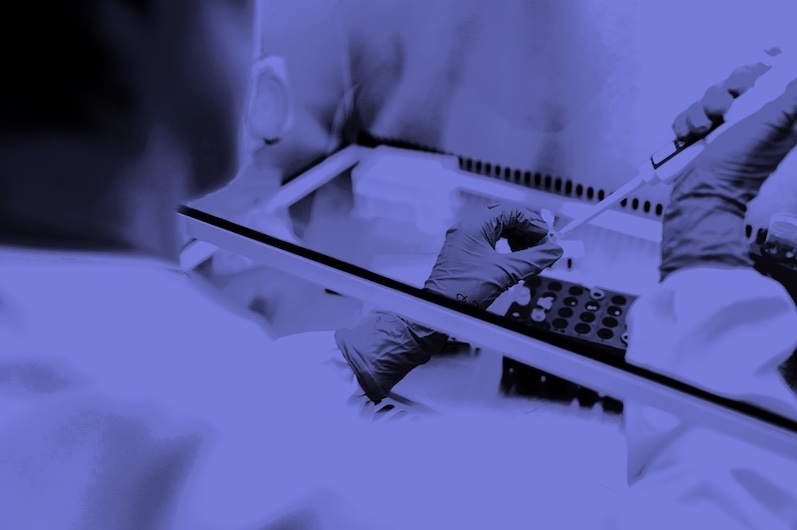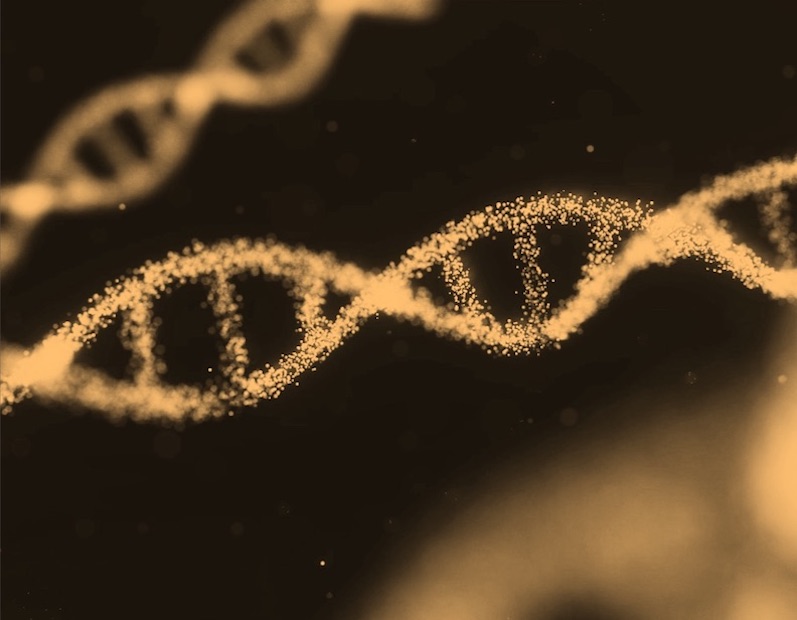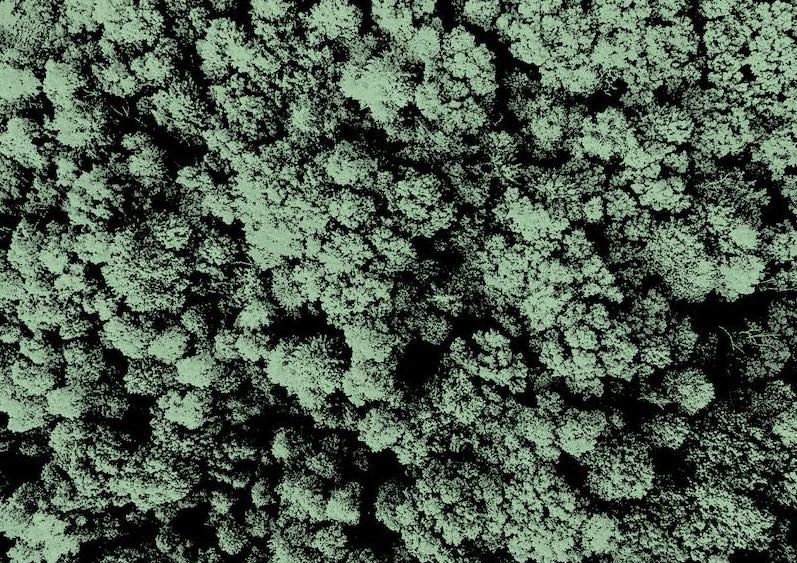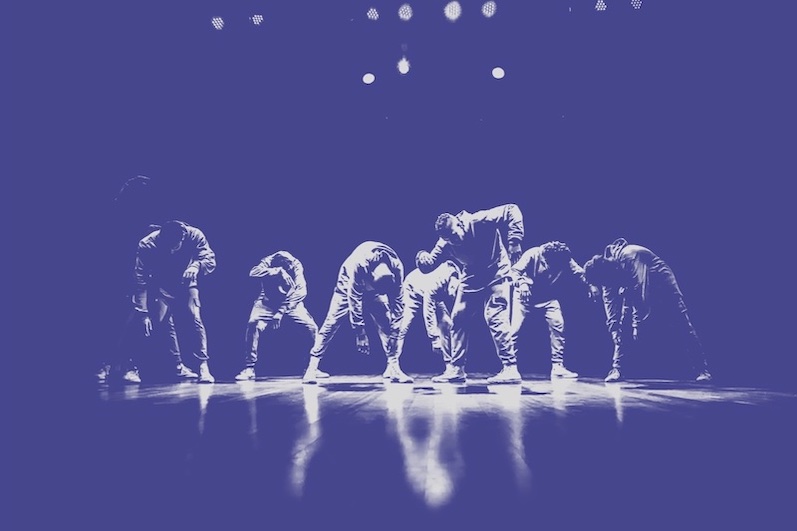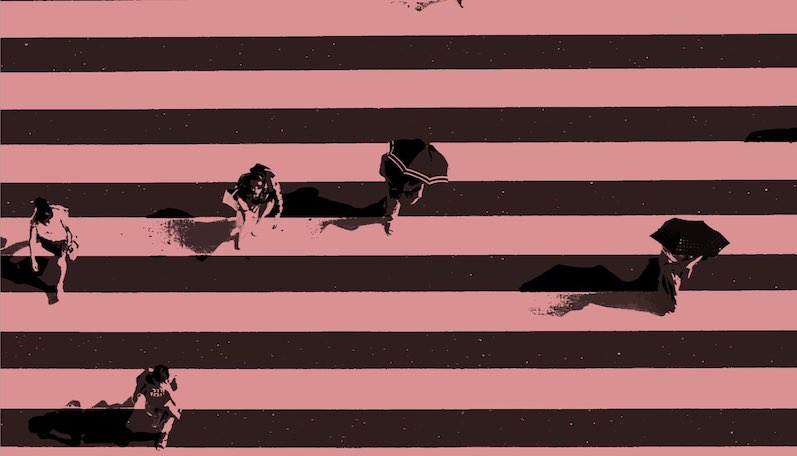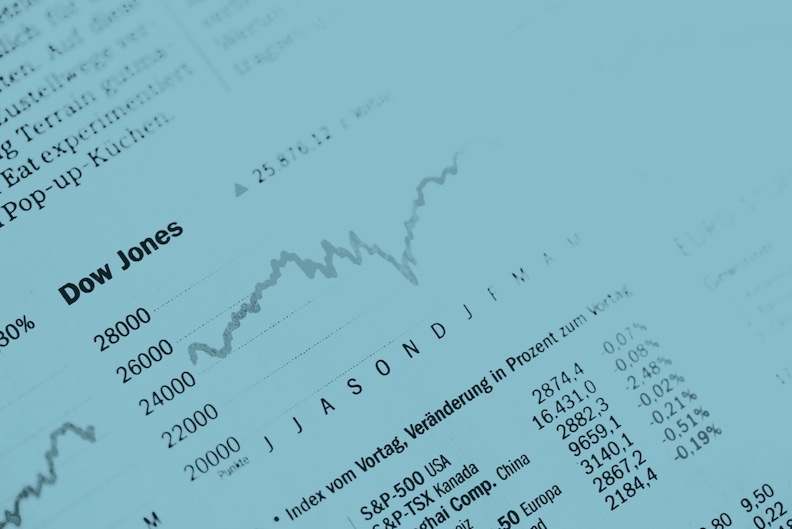What is it about?
Pedophysics is a free, open-source Python software package created to help scientists and practitioners better understand soil. It uses data from near-surface geophysical electromagnetic techniques (like ground-penetrating radar or electrical resistivity surveys) and translates this data into specific soil properties, such as water content, or salinity. This process, known as pedophysical modeling, can be complex due to many available models and varying conditions. Pedophysics simplifies this by automatically selecting appropriate models, filling in missing data using established functions, and even fusing data from different instruments or measurements taken over time. The goal is to make advanced soil assessment more accessible and standardized, allowing users to get accurate soil information with minimal prior knowledge of the intricate modeling details.
Featured Image

Photo by Scott Webb on Unsplash
Why is it important?
Understanding soil is crucial for many areas, including precision agriculture, managing soil health, finding resources, assessing water availability, and even preserving historical sites. Furthermore, detailed soil knowledge is vital for identifying, assessing, and mitigating various environmental and agricultural hazards. Traditional soil analysis can be time-consuming and may not capture the soil's variability over an area, which is critical for understanding and addressing these risks. Geophysical methods offer a faster, high-resolution way to characterize subsurface soil conditions. Pedophysics is important because it bridges the gap between complex geophysical data and practical soil information, including insights relevant to these hazards. For instance, by accurately determining properties like soil salinity, water content, and bulk density, the tool can significantly aid in assessing risks such as soil degradation (e.g., widespread salinization which damages agricultural land, or soil compaction which can increase flood runoff and erosion) and in managing water resources more effectively, which is crucial during periods of drought. It makes sophisticated pedophysical modeling techniques, which are key to interpreting geophysical data, available to a wider audience. By automating model selection and data processing, Pedophysics reduces the specialized expertise needed to derive meaningful soil insights. Its open-source nature encourages global collaboration and continuous improvement, aiming to provide state-of-the-art accuracy in soil characterization. This, in turn, can lead to better land management decisions, improved agricultural yields, more effective environmental monitoring, enhanced conservation efforts, and more informed hazard mitigation strategies.
Perspectives
As someone interested in the intersection of environmental science, technology, and practical land management, I find Pedophysics to be a significant step forward for soil characterization. The package not only makes advanced modeling techniques more accessible but also encourages transparency and reproducibility in soil science. Its open-source nature means that researchers and practitioners worldwide can contribute to and benefit from ongoing improvements. Looking ahead, I believe Pedophysics has the potential to become a central tool for integrating geophysical data into routine soil assessment, especially as more features are added—such as support for additional soil properties, improved handling of complex soil conditions, and integration with other types of environmental data. This could be particularly valuable for addressing global challenges like sustainable agriculture, climate adaptation, and hazard mitigation. The collaborative approach fostered by the project is likely to accelerate innovation and ensure that the tool remains relevant as both technology and scientific understanding evolve.
Gaston Matias Mendoza Veirana
Read the Original
This page is a summary of: Pedophysics: an open-source python package for soil geophysics., Geophysics, May 2025, Society of Exploration Geophysicists,
DOI: 10.1190/geo2024-0627.1.
You can read the full text:
Resources
Contributors
The following have contributed to this page
